One picture can change the perspective of millions. On Christmas Eve 1968, during the first mission to orbit the moon, Apollo 8 astronauts saw Earth coming up over the moon’s horizon and took the famous picture, now entitled “Earthrise.” To this day, the brilliant blue and white of Earth, hanging in a black sky ignites a desire within me to share God’s story about our planet and our place in his universe with the students in my classroom.
Christian teachers, parents, and school communities typically believe and try to live out the words of Psalm 24:1, “The earth is the Lord’s, and everything in it.” So, if our faith guides us and everything we study, what biblical truths should we be teaching in our science lessons? Teaching science allows educators the amazing opportunity to become advocates, evangelists, and tellers of the story found in God’s creation. When we teach Earth, life, and physical science from a biblical perspective, we guide students to explore and see God’s fingerprints in all parts of his creation.
Below are five questions to keep in mind when teaching science in the Christian school classroom.
1. What is Creation Saying About God?
According to Psalm 19:1–2, “The heavens declare the glory of God. . . . day after day they pour forth speech.” All parts of creation are speaking about God their Creator. When we use science practices to perform a controlled investigation and when students make quantitative and qualitative observations, we are investigating the way creation works. Just as an automobile gives us some insight into the engineers, assemblers, and mechanics, science from a biblical perspective gives us insight into the Creator. Studying seasons, phases of the moon, tide patterns, and constellations show us that God is orderly, predictable, and faithfully sustains his creation. When we see stunning sunsets, smell blooming spring flowers, and the burst of vibrant colors in autumn, we are reminded that God created beauty and diversity in all parts of His creation. When we study the human body systems, the rock cycle or ecosystems, we understand that God’s creation is interconnected. When we study atomic structure, DNA, or galaxies, we discover that God brings order from chaos.
2. What Damage is Done by Separating Creator and Creation?
When I walk into an art gallery, I can point out a Monet, a van Gogh, or a Rembrandt without even looking at the artist’s signature. The painting reflects the artist’s experiences, unique ability, and perspective. I cannot separate the artist from his or her art. Likewise, the creation points to its creator.
Science is God’s subject. If we eliminate God from the in-depth study of science, we are only telling part of his story. If we remove God from the study of science, we may not be atheists, but we become secular. Secularism moves God to the side and tries to make him irrelevant. When we fail to tell our students God’s story in all things, we rob them of an opportunity to see the fullness of God and how “all things hold together in Him.” (Colossians 1:17)
Teaching science from a Christian perspective honors God and his work in creation. Our role as Christian educators is to help students explore creation by practicing excellent inquiry-based science that enables them to think and act like scientists, marvel, ponder, and reflect on their place as God’s image-bearers and earth keepers. In-depth, evidence-based scientific explanations help students to see the greatness of God, the beauty of God, the wisdom of God, even the care of God displayed in His creation!
3. What Does God Want Us to Know About His Creation?
All things in heaven and on earth were created by God. All creation is good. Humanity is created in God’s image. We live in a wonderful habitat that allows all living things to thrive and grow. All systems on Earth, biotic, and abiotic work together and influence living and nonliving things on Earth. Without human intervention, the water cycle continues, and contaminated water is restored when percolating through the earth’s layers of soil and strata to be stored in our aquifers. We breathe, our heartbeats, our bodies digest our food even when we are sleeping. When we teach students that many of our body systems function without our “help” or without thought, we are pointing them to the truth of Psalm 139; we are “fearfully and wonderfully made.” God crafted his creation carefully and sustains it faithfully.
4. What Does God Want Us To Do with His Creation?
One way God wants us to serve him is to enjoy and care for his creation. In Genesis, it says that God created humanity in his image and entrusted us to be caretakers of the earth. What does that mean? How does God want me to care for the pond in my neighborhood? What can I do to restore what is broken? How can humanity use Earth’s resources responsibly?
The science classroom provides opportunities to better understand our role as earth keepers. Participating in local and internet-based Citizen Science projects gives students the opportunity to share local qualitative and quantitative observations with real scientists. Journaling in a science classroom is a tool that allows the teacher to understand what students are thinking and students to synthesize what they are learning about creation and how it works. Questions like “How has human interaction harmed this ecosystem? What can we do to improve this local river ecosystem? How does God want humanity to care for the organisms in this ecosystem?” These guiding questions provide an opportunity for the class to share ways that they can be better caretakers of God’s creation.
5. What is the Proper Role of Science Education in God’s Creation?
Science is a way of knowing and exploring God’s creation. Science encourages students to use their senses to observe and understand God’s world. From an early age children ask “why” and “how” questions. Teaching science using hands-on investigation gives students the tools to explore, discover, and make sense of all that God made. When we study creation and marvel at the things that God created, we are praising God. To study science increases our wonder at the majesty and mystery of God. Using scientific tools like the microscopes, telescopes, beakers, and balances heightens student’s power of observation. One of my favorite words to hear in science class is the word “Wow.” At the start of each year, I teach students to use a microscope using pond water collected from local ponds. What looks like an ordinary drop of water on a slide becomes a drop of thriving life when observed at a magnification of 200. When a student utters the words, “Wow, look at that!” after looking at a drop of water under a microscope, I am reminded how the science class can be a place of worship, wonder, and praise. When we provide students with opportunities to investigate and explore, we also give our students a place to thank God for his infinite care for us and all of creation.
Earthrise, this most awe-inspiring photo, is the screensaver on my phone. A visual reminder to me of God as sustainer and Creator, the photo reminds me that Earth is the Lord’s and everything in it. It also reaffirms my passion to share God’s story with the students in my classroom and my sacred task to intentionally and thoughtfully make room and space for our amazing Creator to shine throughout all our daily science lessons.
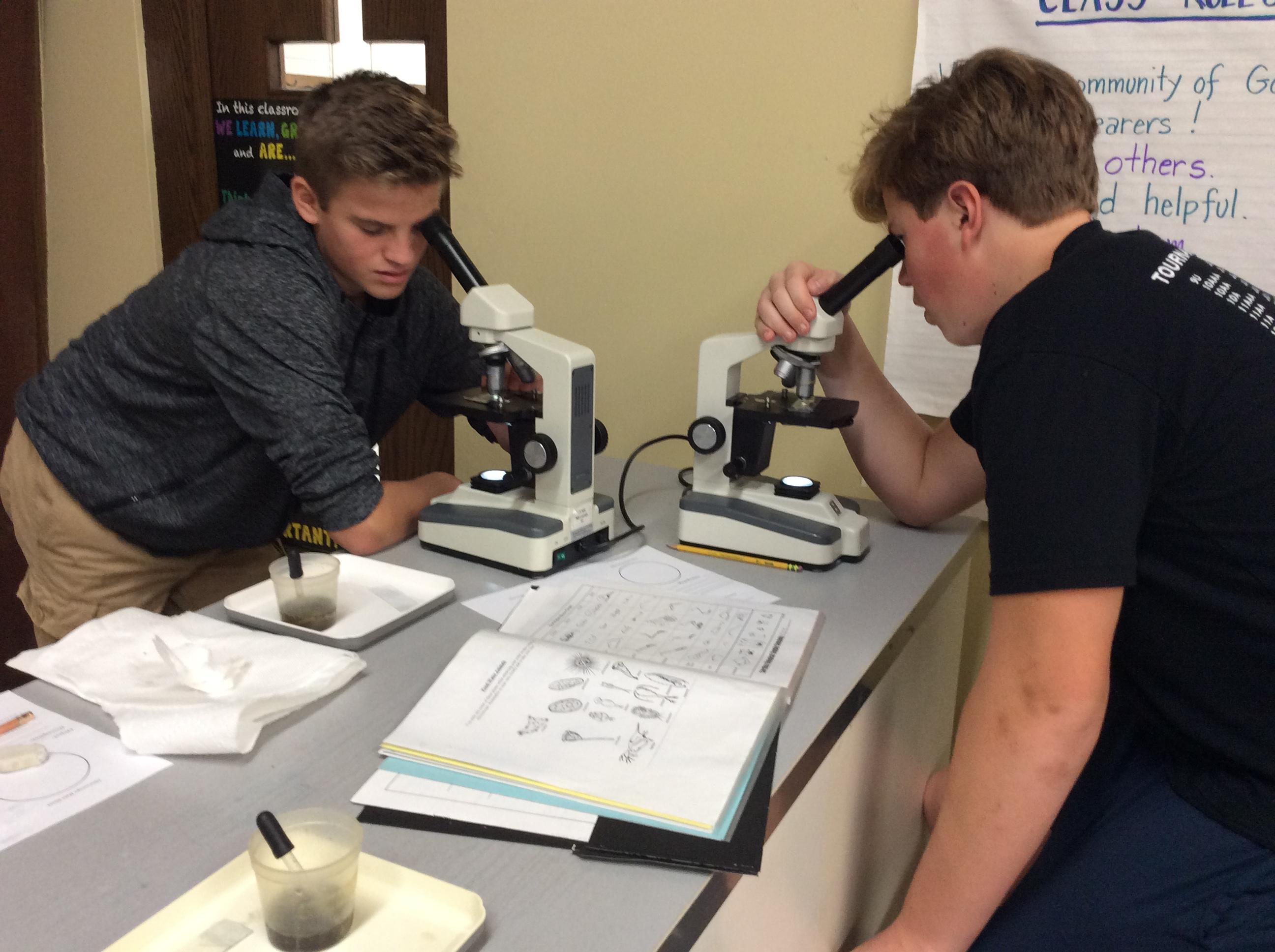
Science allows students to marvel, ponder, and reflect on their place as God’s image-bearers and earth keepers.
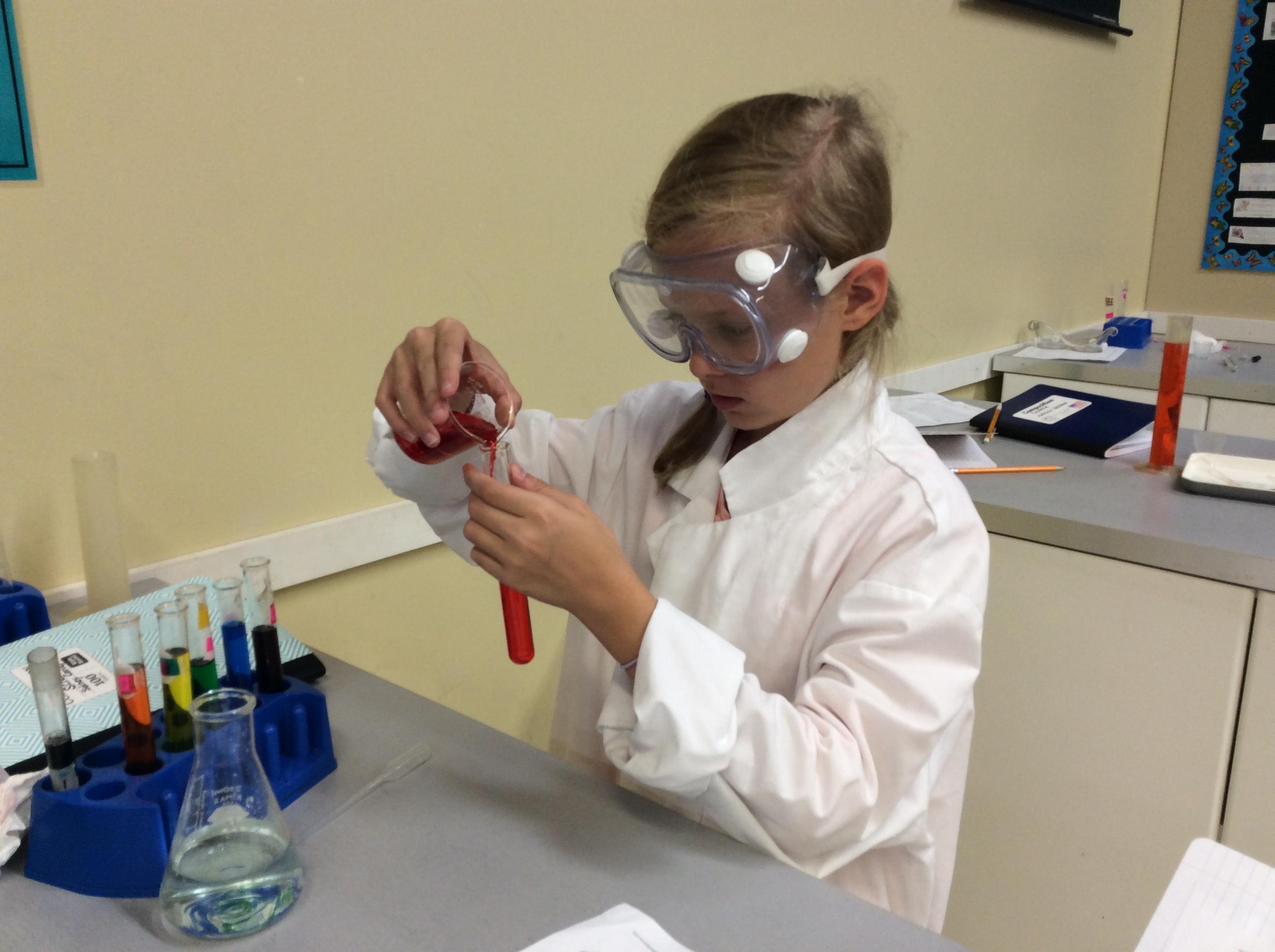
Hands-on inquiry science helps students make sense of God’s creation.
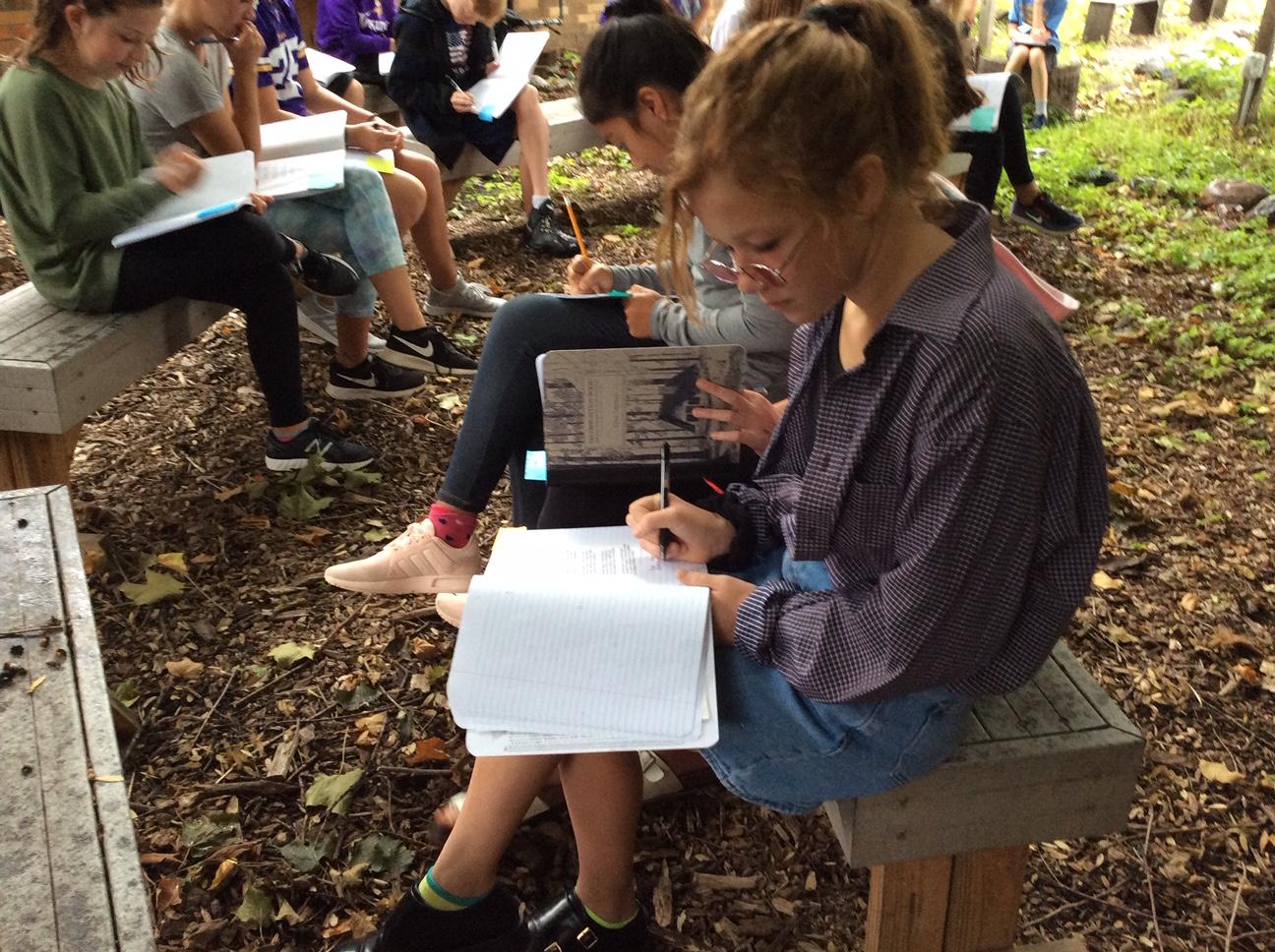
Journaling in a science classroom promotes student reflection, which leads to a deeper understanding of God’s orderly creation.
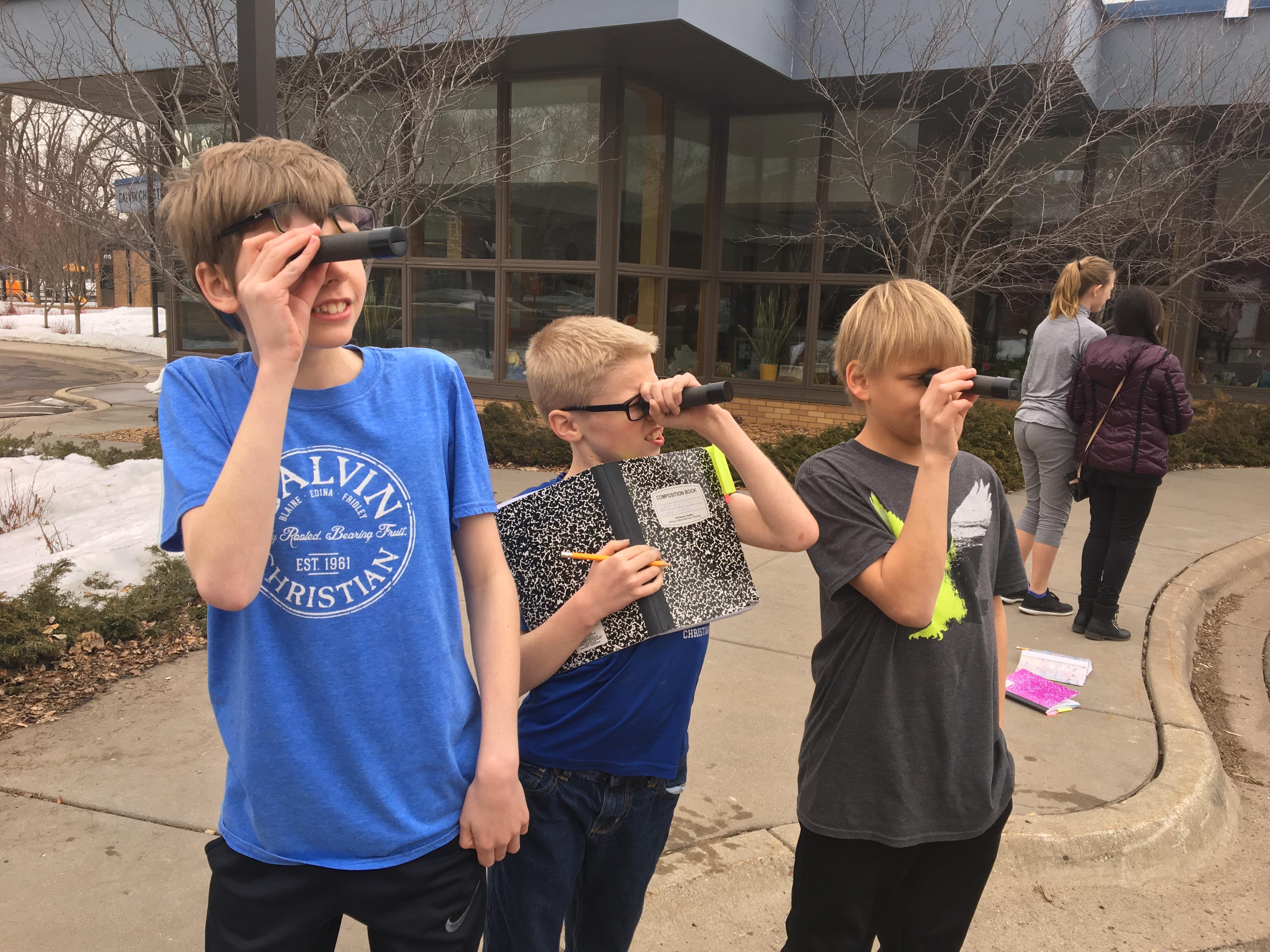
Inquiry science increases student’s ability and wonder at the majesty and mystery of God.
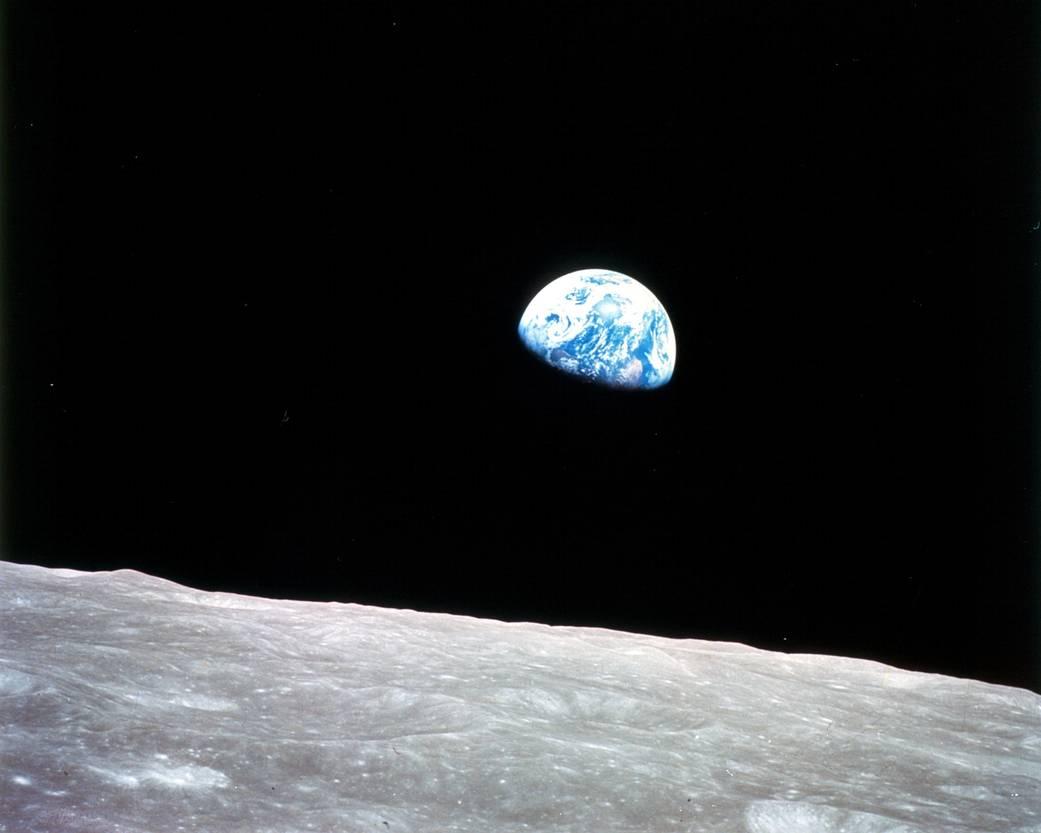
Earthrise photo, taken by Apollo 8 astronauts during NASA’s first mission to orbit the moon. Photo courtesy of NASA.
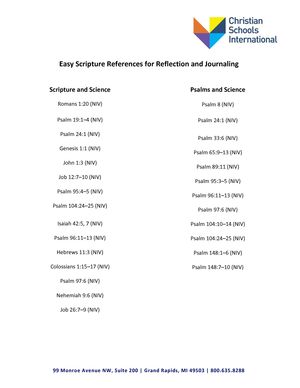
Easy Scripture References for Reflection and Journaling
Use these Bible verses in your science classroom for reflection and journaling.